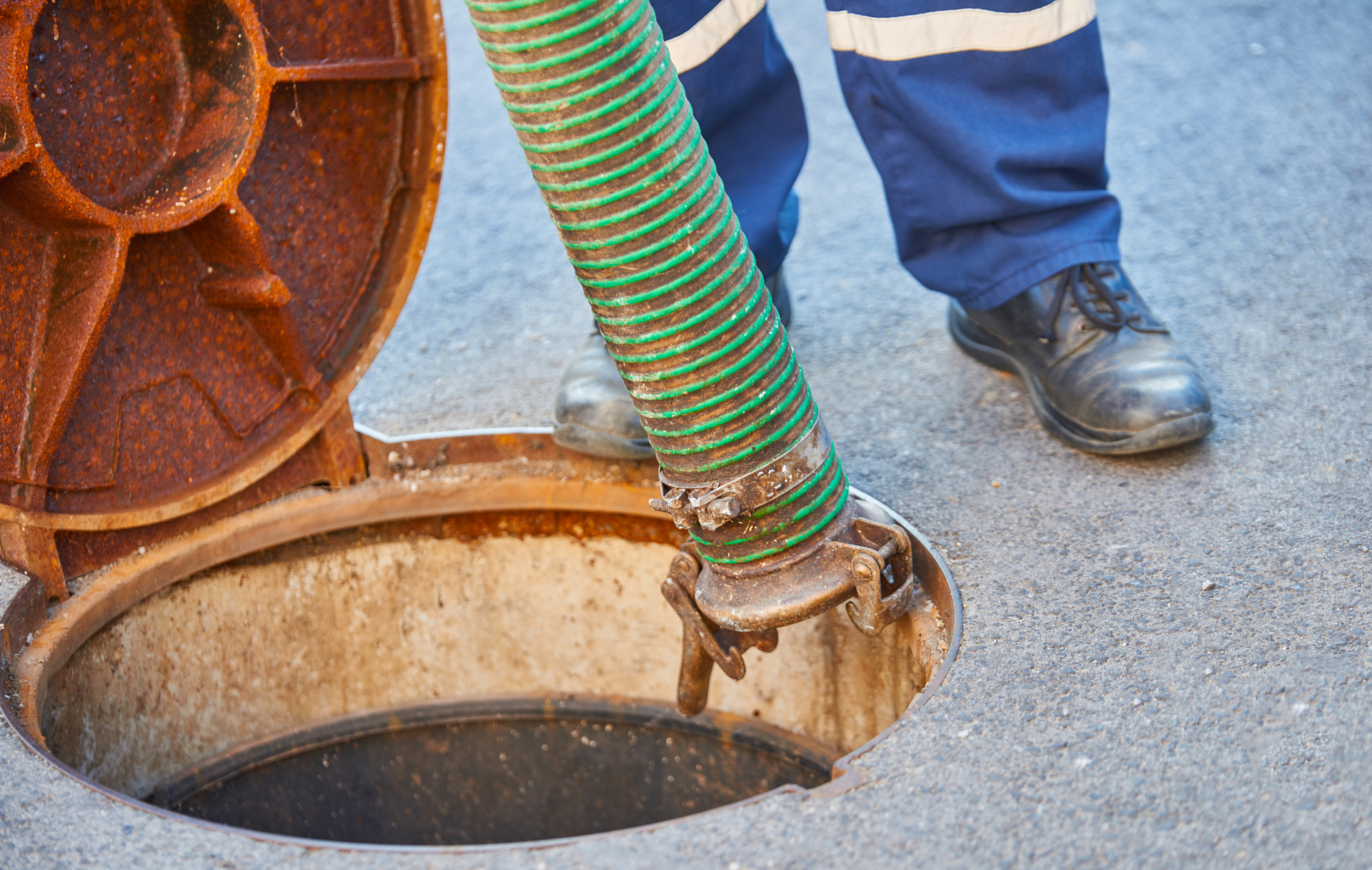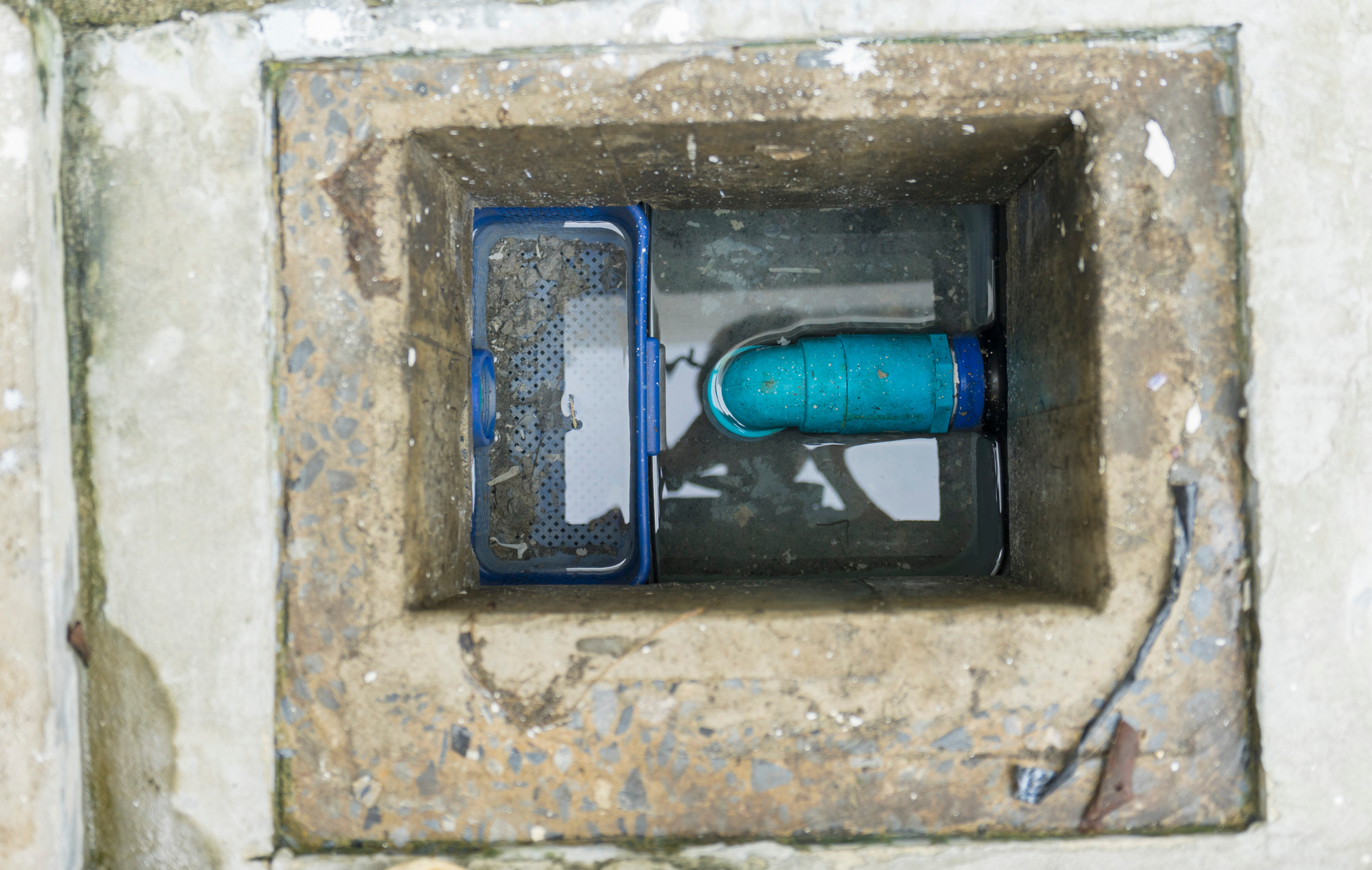Understanding the Components of Your Septic System: Insights from Oxford Septic Services
August 13, 2025
A well-functioning septic system is essential for maintaining a healthy home environment. However, many homeowners may not fully understand the components and workings of their septic systems. In this comprehensive guide, Oxford Septic Services sheds light on the various components of a septic system, providing valuable insights to homeowners.
Chapter 1: The Septic Tank
Detailed explanation of the septic tank's role in the system, including its function in separating solids from liquids and facilitating the breakdown of organic matter
Overview of different types of septic tanks, materials used, and factors to consider when selecting a tank for installation or replacement
Chapter 2: Drain Field (Leach Field)
Insight into the drain field's function in distributing effluent from the septic tank into the soil for natural filtration and purification
Discussion on the design considerations, sizing requirements, and maintenance practices necessary to ensure the optimal performance of the drain field
Chapter 3: Distribution Box and Pipes
Explanation of the distribution box's role in evenly distributing effluent from the septic tank to the drain field pipes
Overview of the types of distribution boxes and pipes commonly used in septic systems, along with maintenance tips to prevent clogs and blockages
Chapter 4: Baffles and Filters
Insight into the importance of baffles and filters in preventing solids from entering the drain field and clogging the system
Discussion on the maintenance and replacement of baffles and filters to ensure continued system functionality and efficiency
Chapter 5: Pump Chamber (if applicable)
Explanation of the pump chamber's role in systems with elevated drain fields or where effluent needs to be pumped to reach the drain field
Overview of pump chamber components, maintenance requirements, and troubleshooting tips for common issues
Chapter 6: Alarm System and Control Panels
Insight into the importance of alarm systems and control panels in monitoring and managing septic system operation
Discussion on how to interpret alarm signals, respond to system alerts, and troubleshoot potential issues
Conclusion:
Understanding the components of your septic system is crucial for proper maintenance and trouble-free operation. By familiarizing themselves with the various components outlined in this guide, homeowners can take proactive steps to ensure the longevity and functionality of their septic systems. With the insights provided by Oxford Septic Services, homeowners can make informed decisions and effectively care for their septic systems.

Septic system failures can be costly, inconvenient, and hazardous to both property and health. Fortunately, with proper maintenance and proactive measures, many septic system failures can be prevented. In this guide, Oxford Septic Services shares valuable tips to help homeowners and businesses avoid septic system failures and ensure the long-term functionality of their systems. Chapter 1: Regular Maintenance Inspections Routine maintenance inspections are essential for identifying potential issues early and preventing costly repairs. Oxford Septic Services recommends scheduling regular inspections to assess the condition of your septic system and address any problems before they escalate. Chapter 2: Timely Septic Tank Pumping Regular septic tank pumping is crucial for removing accumulated solids and preventing clogs and backups. Oxford Septic Services advises homeowners to adhere to a consistent pumping schedule based on factors such as household size and usage to maintain optimal tank capacity. Chapter 3: Proper Waste Disposal Practices Improper disposal of household waste can overload septic systems and lead to system failures. Oxford Septic Services recommends avoiding flushing non-biodegradable items, grease, and chemicals down drains and toilets to prevent clogs and damage to the system. Chapter 4: Protecting the Drain Field The drain field plays a critical role in wastewater treatment and dispersal. To prevent drain field failure, Oxford Septic Services advises property owners to avoid parking vehicles or installing structures over the drain field and to maintain proper landscaping to prevent root intrusion. Chapter 5: Prompt Repairs and Maintenance Addressing minor issues promptly can prevent them from escalating into major septic system failures. Oxford Septic Services recommends contacting a professional at the first sign of trouble, such as slow drains, foul odors, or sewage backups, to prevent further damage. Chapter 6: Environmental Awareness Understanding the environmental impact of septic system failures can motivate property owners to prioritize proper maintenance and care. Oxford Septic Services emphasizes the importance of responsible waste management and eco-friendly practices to protect local water sources and ecosystems. Conclusion: By following these tips from Oxford Septic Services, homeowners and businesses can take proactive steps to prevent septic system failures and maintain the functionality of their systems for years to come. With regular maintenance, proper waste disposal practices, and prompt repairs, property owners can avoid costly and disruptive septic system failures and enjoy peace of mind knowing their systems are in good working order.

Oxford Septic Services plays a crucial role in ensuring the health and functionality of septic systems in our community. With years of experience and expertise, our team is dedicated to providing top-quality services to homeowners and businesses alike. In this guide, we'll explore the vital role that Oxford Septic Services plays in maintaining healthy septic systems and preserving the well-being of our environment. Chapter 1: Comprehensive Septic System Maintenance Oxford Septic Services offers comprehensive maintenance services designed to keep septic systems running smoothly. From regular inspections to proactive maintenance measures, our team ensures that septic systems remain in optimal condition year-round. Chapter 2: Professional Septic Tank Pumping Regular septic tank pumping is essential for preventing backups and maintaining the proper functioning of septic systems. Oxford Septic Services provides professional pumping services tailored to the unique needs of each property, ensuring efficient removal of waste and sludge. Chapter 3: Prompt Septic System Repairs When issues arise with septic systems, prompt repairs are crucial to prevent further damage and ensure continued functionality. Oxford Septic Services offers timely and reliable repair services, addressing issues such as leaks, clogs, and drain field problems with expertise and efficiency. Chapter 4: Expert Leach Field Services Leach fields are an integral part of septic systems, responsible for filtering and dispersing wastewater into the soil. Oxford Septic Services offers expert leach field services, including inspections, repairs, and installations, to ensure the proper functioning of this critical component. Chapter 5: Emergency Septic Services Septic emergencies can occur at any time, posing significant risks to property and health. Oxford Septic Services offers emergency services around the clock, providing prompt response and effective solutions to mitigate damage and restore functionality. Chapter 6: Residential and Commercial Solutions Whether it's a residential property or a commercial establishment, Oxford Septic Services offers tailored solutions to meet the unique needs of each client. From small homes to large commercial properties, our team has the expertise and resources to handle any septic system challenge. Chapter 7: Environmental Stewardship At Oxford Septic Services, we are committed to environmental stewardship and sustainable practices. We prioritize eco-friendly solutions and responsible waste management techniques to minimize our impact on the environment and protect natural resources. Conclusion: Oxford Septic Services plays a vital role in maintaining healthy septic systems and preserving the well-being of our community. With comprehensive maintenance services, prompt repairs, and a commitment to environmental stewardship, our team ensures that septic systems remain in optimal condition for years to come. Trust Oxford Septic Services for all your septic system needs and experience the difference firsthand.
